When it makes its debut later this year, the new top-end version of the Cayenne Turbo will give Porsche a direct rival to the likes of the Lamborghini Urus and Bentley Bentayga Speed.
Promising up to 631bhp from a tweaked version of Porsche’s twin-turbocharged 4.0-litre V8 petrol engine, the as-yet unnamed model will be sold exclusively in the Coupé bodystyle and sit above the existing Cayenne Turbo in the line-up.
A focus on weight reduction will make it significantly lighter than the Cayenne Turbo S E-Hybrid, which produces a combined 671bhp from a petrol V8 and electric motor but weighs 2535kg.
Read the full report: 631bhp Porsche Cayenne Turbo Coupé to rival Lamborghini Urus
Ahead of its official reveal, we were invited to drive a prototype representative of the production version, albeit with some light disguise covering various exterior details, including a reworked roof spoiler and new wing elements. The 22in Neodyme wheels are a further giveaway to the new model's added performance potential.
Inside, the changes are more subtle. Up front, there is new Alcantara trim with contrasting stitching, sports seats and a thicker-rimmed sports steering wheel with a Sport Response button that allows you to select the various driving models via a rotary controller. In the rear, the three-seat bench is replaced by a pair of individual seats, giving the interior of the new model a more distinct 2+2 character.
Heading out of Stuttgart, the remarkable thing about the uprated Cayenne is just how unremarkable it feels in everyday traffic in Comfort mode, given that you expect an SUV that has been honed to run records at the Nürburgring to be hardcore at all times. The adaptive air suspension features dampers that are 15% firmer than today’s model. And, yes, there is a purposefulness to the way it rides, but precious little else that would convince you it couldn’t be used every day.
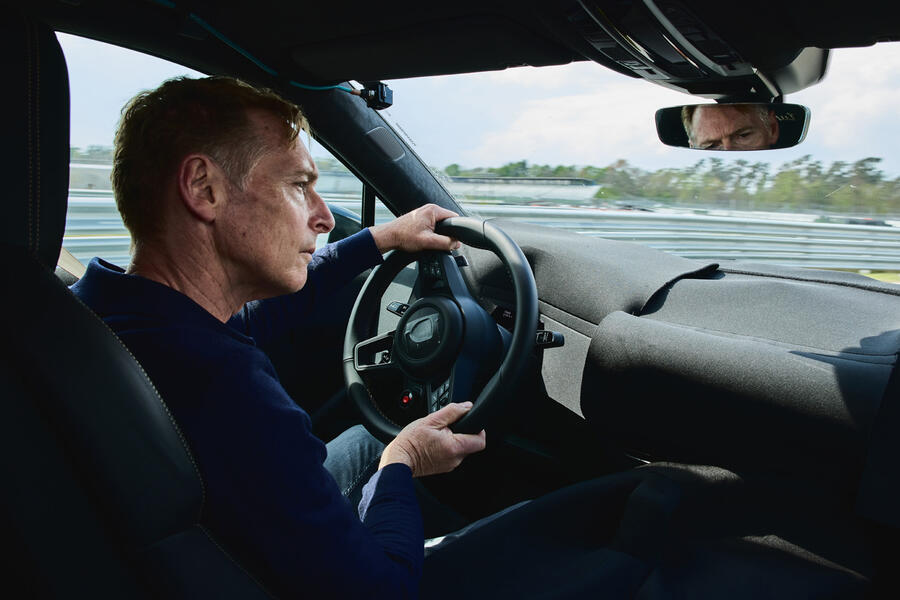
The great thing about four-wheel steering is that it not only helps improve agility at speed but also provides added manoeuvrability at lower speeds. It’s a blessing in urban driving situations, helping to provide a relatively tight turning circle and general ease of use.
As we reach more open roads, it’s the twin-turbocharged 4.0-litre petrol engine that comes under focus. There’s a wonderful tractive nature to the reworked V8; power delivery is smooth and, despite added turbocharger boost pressure, comes without any discernible lag. With a fleeting nudge of the throttle pedal, you’re already well on the way to triple figures.
It’s further up the rev range, though, where the detailed changes to the engine really make their presence felt. The mid-range punch is ferocious, firing the four-seater along with all the intensity of a much smaller, lighter supercar on a wide open throttle. It pulls harder, and with added enthusiasm, than the 542bhp version of the same engine.



















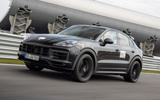
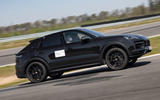

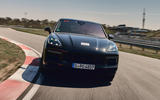

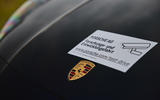

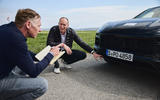

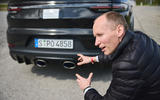

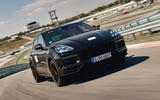
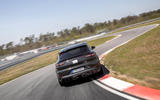
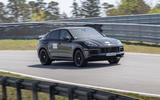

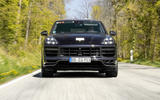


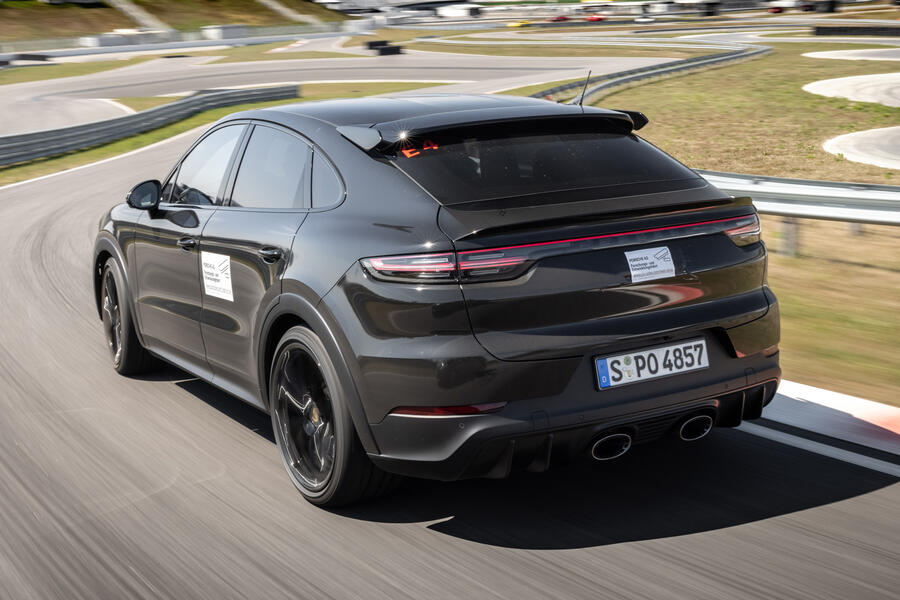

Join the debate
Add your comment
Why are journalists not challenging the whole concept of a 'hardcore SUV' more? I cannot be the only one choking on my coffeee when I see such labesl for these overweight, over-tall barges.